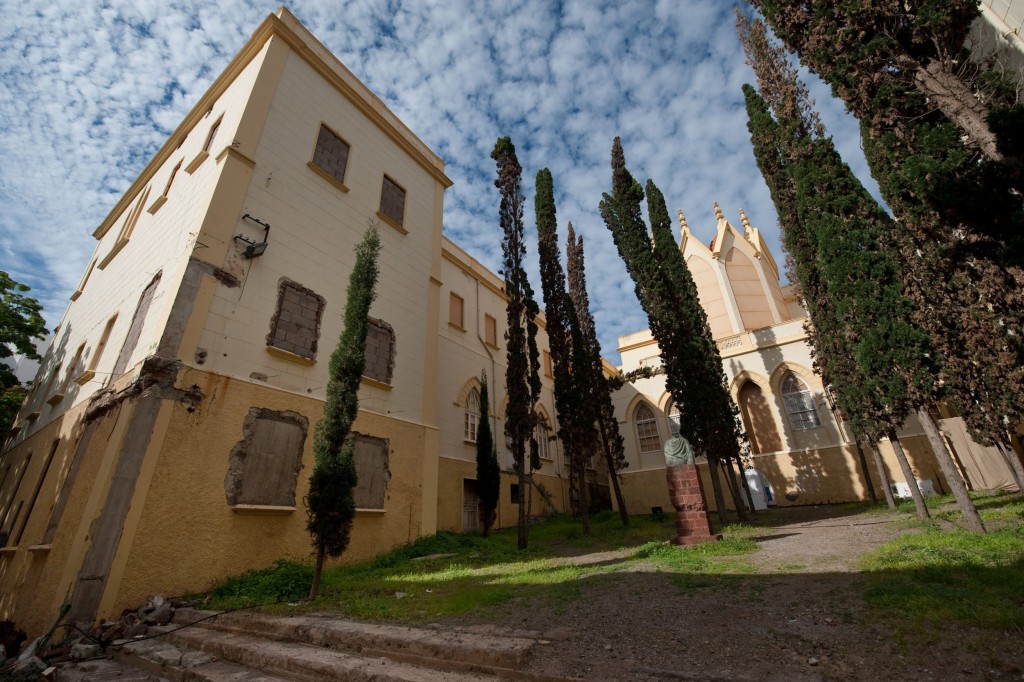
The mayor, José Manuel Bermúdez, this morning offered more details of the agreement signed last Friday in Paris, and through which the Rodin Museum will have a second headquarters in Santa Cruz de Tenerife, specifically in the Viera y Clavijo Park, once it has been rehabilitated. Bermúdez advanced that the first sculptures of the Rodin Museum could arrive in the capital at the end of 2022 or the beginning of 2023, so that, “although the rehabilitation of the Viera y Clavijo Park is not finished, we could host them in other spaces such as the Museum of Fine Arts until we can place them in their final place ”.
As for the works of Rodin that the capital aspires to have, there is an original of The Kiss, or a reproduction of the Gate of Hell. “We will not be able to have an original of The Thinker because the original casts left by Auguste Rodin, a dozen, have already been completed. On the other hand, there are available El Beso and other works by the sculptor, which are the ones that we have to negotiate ”. Regarding the Puerta del infierno, the Councilor for Culture, Gladis de León, explained that “what we are negotiating is to be able to rent a reproduction because having an original has a cost of 25 million euros, and it goes out of budget.” One cost, that of setting up the Rodin Museum in Santa Cruz, on which the City Council still does not want to give figures since it is part of the negotiation that will be reflected in the definitive agreement that will be signed with the Rodin Museum in Paris, next year .
The mayor explained that the economic impact of having a museum of this category in Santa Cruz would exceed 60 million euros “with a conservative forecast”, while “being optimistic” that figure could reach 158 million. “We estimate that some 570,000 people could visit the museum a year, and taking into account that each year more than 5 million visit Tenerife, it does not seem to us an unattainable number,” added Bermúdez.
The architect in charge of the rehabilitation project of the Viera y Clavijo Park, and its adaptation to this new use, Fernando Menis, pointed out that the architectural adaptation will be relatively simple, and that his intention is to respect the history of the building, maintaining the naves into which the property is divided, as well as the chapel.
















